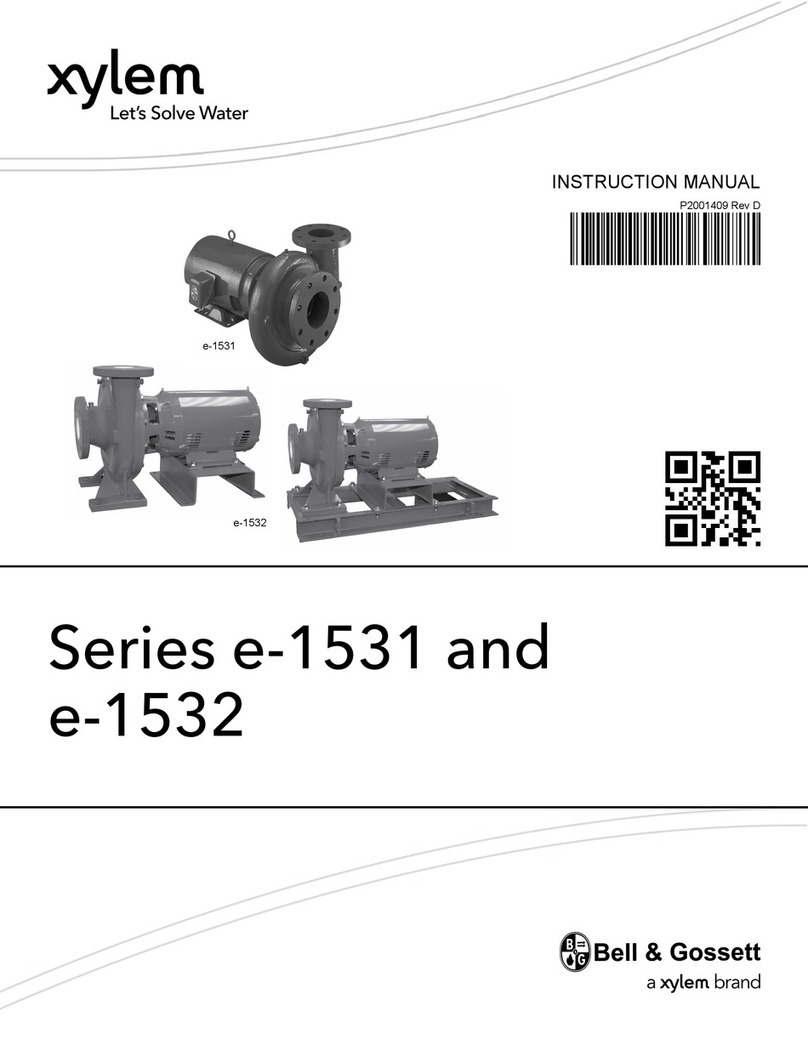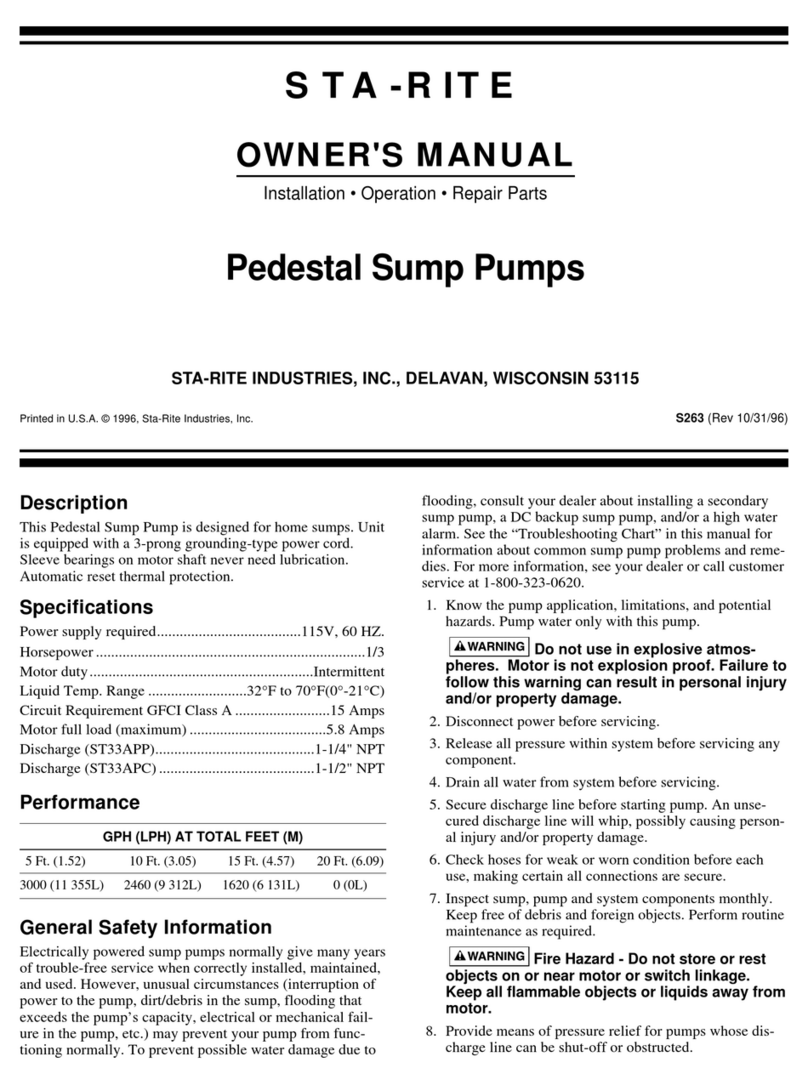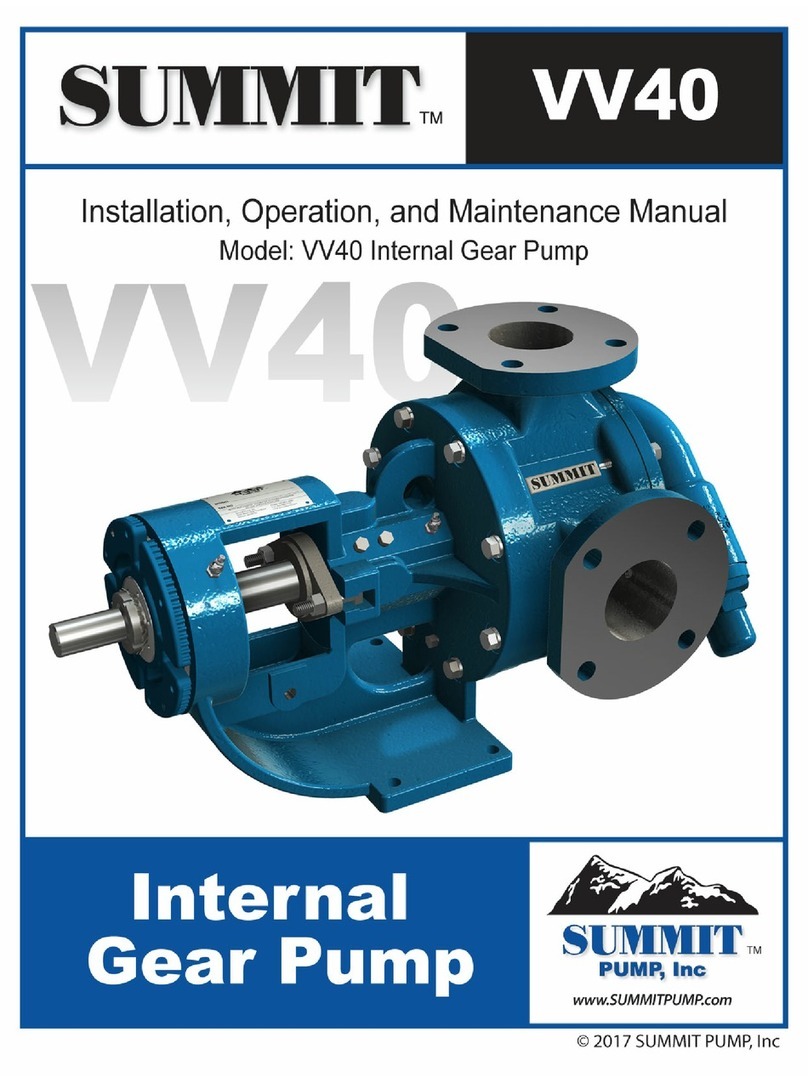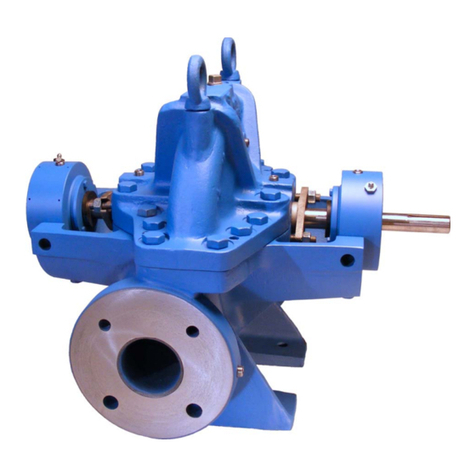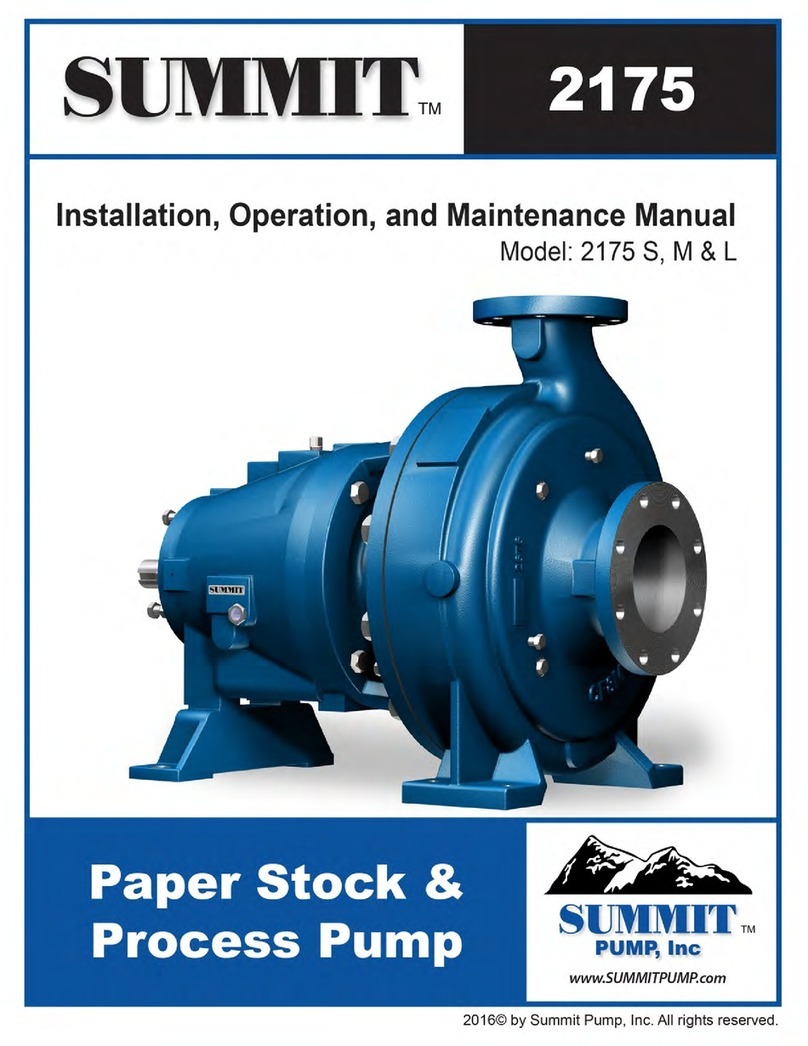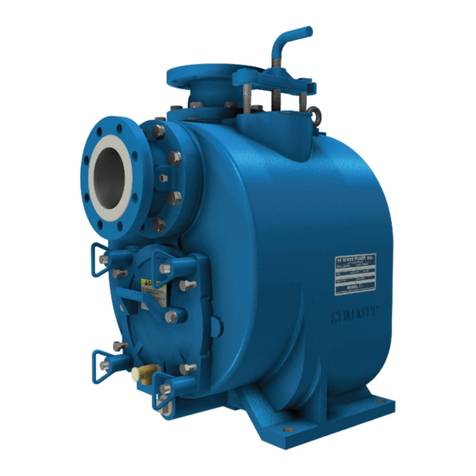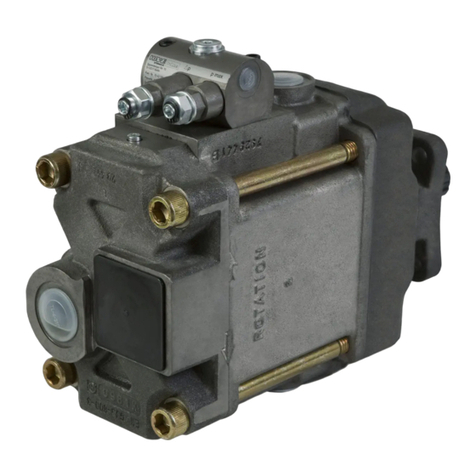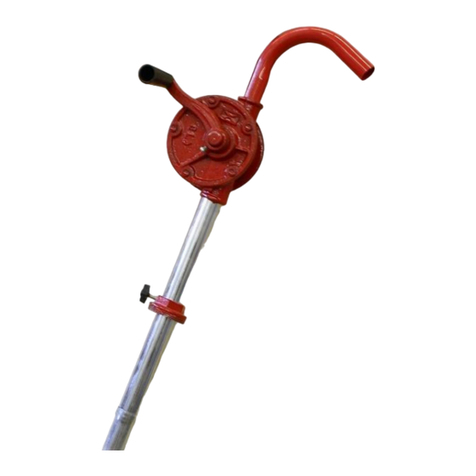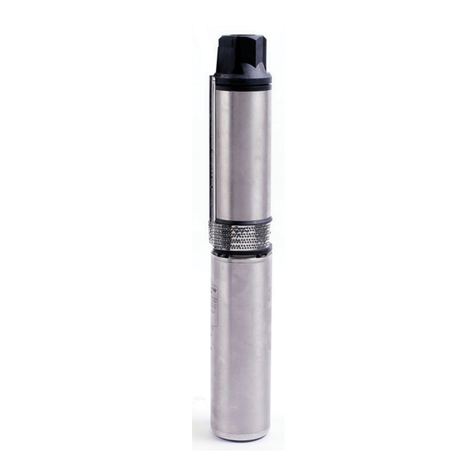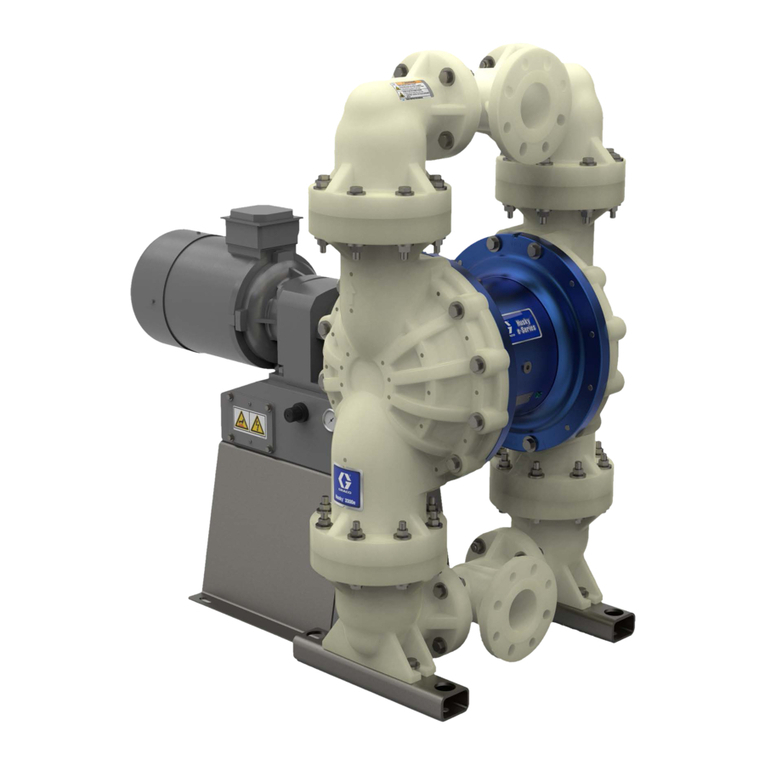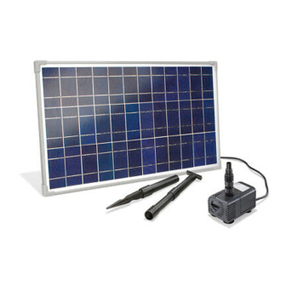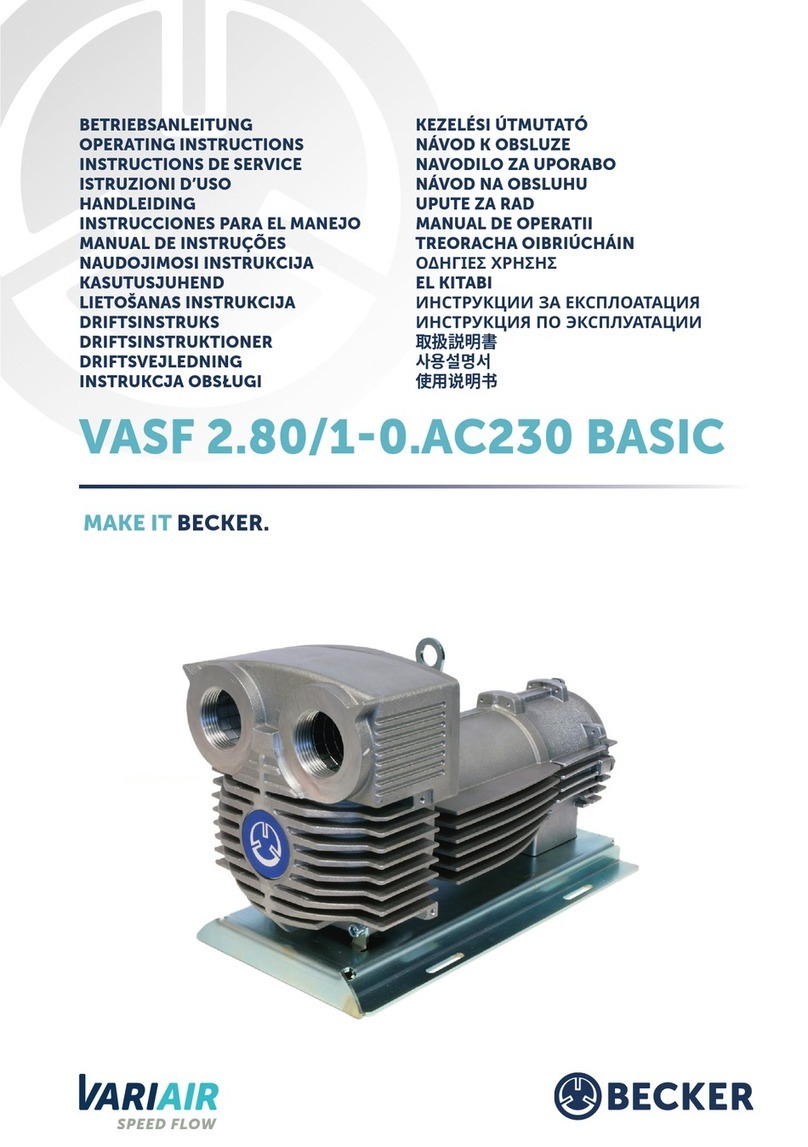
WARRANTY
Pumping units assembled by Summit Pump, Inc., Green Bay, WI are guaranteed to be
free from defects in material and workmanship for one year from date of shipment from
factory in Green Bay, WI. The obligation under this Warranty, statutory or otherwise, is
limited to replacement or repair at Green Bay, WI, of such part as shall appear to us upon
inspection at such point, to have been defective in material or workmanship.
This Warranty does not obligate Summit Pump, Inc. to bear the cost of labor or
transportation charges in connection with replacement or repair of defective parts; nor
shall it apply to a pump upon which repairs or alterations have been made unless
authorized by Summit Pump, Inc.
No warranty is made in respect to engines, motors, or trade accessories, such being
subject to warranties of their respective manufacturers.
No express implied or statutory warranty, other than herein set forth is made or
authorized to be made by Summit Pump, Inc.
In no event shall Summit Pump, Inc. be liable for consequential damages or contingent
liabilities arising out of the failure of any Summit Pump, Inc. pump or parts thereof to
operate properly.
LIABILITY
Summit Pump, Inc. shall not be liable for personal physical injury, damage or delays
caused by failure to follow the instructions and procedures for installation, operation and
maintenance contained in this manual.
The equipment is not for use in or with any nuclear facility or fire sprinkler system.
Buyer accepts the responsibility for insuring that the equipment is not used in violation
and Buyer shall indemnify and hold Seller harmless from any and all liability (including
such liability resulting from seller’s negligence) arising out of said improper use.
COPYRIGHT
This Installation, Operation, and Maintenance Manual contains proprietary information,
which is protected by copyright. No part of this Installation, Operation, and Maintenance
Manual may be photocopied or reproduced without prior written consent from Summit
Pump.
The information contained herein is for informational use only and is subject to change
without notice. Summit Pump assumes no responsibility or liability for any errors or
inaccuracies that may appear in this manual.



